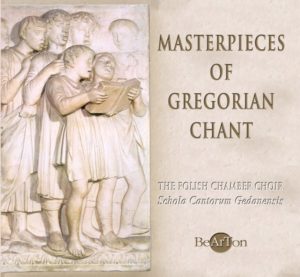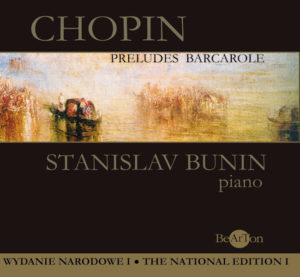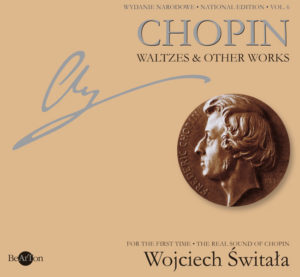Chopin – Nocturnes
Chopin – Nocturnes
Cat. No. CDB002/003 – 1944320
2 Music discs: CD-AUDIO
Performer:
Ewa Pobłocka – piano
CD content:
CD A – CDB002
Nocturnes op. 9:
1. No 1 in B flat minor – 6’07”, 2. No 2 in E flat major – 3’32”, 3. No 2a in E flat major (version with variants) – 4’06”, 4. No 3 in B major – 5’49”
Nocturnes op.15:
5. No 1 in F major – 4’03”, 6. No 2 in F sharp major – 3’19”, 7. No 3 in G minor – 4’06”
Nocturnes op.17:
8. No 1 in C sharp minor – 5’48”, 9. No 2 in D flat major – 5’07”
Nocturnes op.32
10. No 1 in B major – 5’19”, 11. No 2 in A flat major – 5’12”
Total time CD A – 53’22”
CD B – CDB003
Nocturnes op.37:
1. No 1 in G minor – 6’15”, 2. No 2 in G major – 5’28”
Nocturnes op.48:
3. No 1 in C minor – 5’33”, 4. No 2 in F sharp minor – 7’07”
Nocturnes op.55:
5. No 1 in F minor – 5’01”, 6. No 2 in E flat major – 4’40”
Nocturnes op.62:
7. No 1 in B major – 6’27”, 8. No 2 in E major – 5’19”
Total time CD B – 47’44”
Total time – 101’06”
Prizes:
Listen a part
Nocturnes CD A
Nocturnes CD B
59.99złAdd to basket
© ℗ 1996 Bearton
Nocturnes
In the nocturnes written after 1828, Chopin refers directly to the genre created by John Field. This Irish composer, who was popular at the turn of the 18th century, initiated a form that met the needs of poetic music and found its proper place in new romantic aesthetics. However, both Field and his numerous followers did not avoid the burden of drawing room musical tradition of brillante style, sentimentalism and primitive programme music. Young Chopin, fascinated with new stimuli coming from Field’s nocturnes, saw new prospects in them. What Field hardly began, Chopin develops in his individual style, and reaches the highest levels of artistry.
It is highly possible that the shape of Chopin nocturnes was influenced by adagios and larghettos of piano concertos from the turn of the 18th century, as well as aria da capo with its contrasted middle parts and richly ornamented reprise. Many Chopin experts emphasise that nocturnes created by the Great Lyricist are strongly influenced by Italian music. Italian accents are visible in fiorituras, rubatos and characteristic expression of arias and bel cantos. Chopin seems to base on aria da capo, where the extemporised ornamentation of reprise is further elucidated by notation (Nocturne in F flat major, Op. 15), and sometimes extremely intensified (Nocturne in B major Op. 62). Sometimes in reprise two previous parts are synthesised (Nocturne in C minor Op. 48) or the piece ends with literal (Nocturne in G minor Op. 37) or allusive recapitulation.

Ewa Pobłocka
The reprise is not the only form characteristic for nocturnes. Nocturnes of identical mood contain elements of rondo combined with variation technique (in D flat major Op. 27 and in G major Op. 37); whereas two fold nature of Nocturne in G minor Op. 15 results from the combination of clearly specified forms: prelude and chorale (religioso).However, the essence of the nature of Chopin’s nocturne consists mainly in expressive and emotional plan. What characterises the plan is duration in particular atmosphere created by the depth and subtlety of experience, and not just-happening, present in middle parts as a complement or modification (con fuoco, appassionato, agitato). Its separateness is further emphasised by numerous means of expression used. On the one hand, these are elements known from other Chopin forms, such as folk and national themes, mazurka’s elements, and usage of modes, such as pentatonic, phrygian mode, etc. On the other hand, these are features characteristic of nocturnal idiom, especially those associated with tone colour. This sphere is enhanced by the originality of harmonic structures and modulations (in B major Op. 32, in C sharp minor Op. 27), as well as by the usage of Picardian third gives the effect of tonal brightening with which all compositions in minor end (except in C minor Op. 48), withdrawing from silence (p and pp), and returning to it again. Eventually, nocturnes also owe their expressive feature to peculiar rhythmics (rhythmical imprecision and written-out rubato) and meter. Except Op. 15, all nocturnes have rocking 6/8 measure (also 6/4 and 12/8) or meditation and elegiac measure, easily changing into march like 4/4 measure. It is worth quoting Jaroslaw Iwaszkiewicz, who claimed that the Nocturnes unite nocturnal pondering over faithfulness and love with nocturnal meditation on homeland.
The set of nocturnes, published in the composer’s lifetime and registered in this album is a unique musical material. Based on strenuously reconstructed Chopin’s text, it renders his intentions at least as far as variants are concerned, which are an important element of his music. Hence the presence of an additional version of Nocturne in E flat major Op. 9 with variants.
Marek Wieroński
Translation: Joanna Janecka
Reviews
Nokturny Ewy Pobłockiej są nieco sentymentalne, choć wykonane z głębokim emocjonalizmem i wyrafinowaniem wydobycia charakteru bel canta chopinowskiej melodyki.
Płyta potwierdza wysoką pozycję Ewy Pobłockiej wśród polskich pianistów. Jej interpretacje chopinowskich nokturnów wyrażają się głęboką zadumą, śpiewnością i liryzmem. Specyficzny koloryt i charakter tych utworów ukazuje artystka po mistrzowsku.







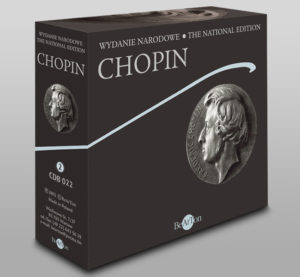










![Chopin – Walce [B] i inne utwory CDB047](https://www.bearton.pl/wp-content/uploads/Chopin-Walce-B-i-inne-utwory-CDB047-A-300x277.jpg)
![Chopin – Pieśni [B] CDB046](https://www.bearton.pl/wp-content/uploads/Chopin-Piesni-CDB046-A-300x277.jpg)





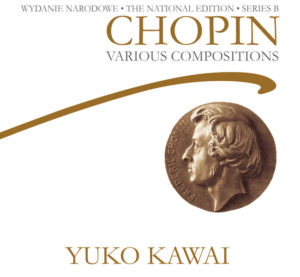

![Chopin - Mazurki i inne utwory [B] CDB038](https://www.bearton.pl/wp-content/uploads/Chopin-Mazurki-i-inne-utwory-B-CDB038-A-300x277.jpg)
![Chopin – Polonezy [B] CDB037](https://www.bearton.pl/wp-content/uploads/Chopin-Polonezy-B-CDB037-A-300x277.jpg)


